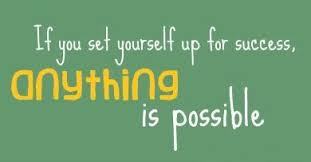
7 Steps to Set You Up for SUCCESS
Last week I went to see Rachel Hollis’ Made for More documentary with some girlfriends.
First, I love hanging out with my friends, and I realized I don’t do it enough. This year I want to make a better effort to get together with them.
Second, it was an awesome learning experience!
Rachel puts on a personal development conference every year and, because she gets that not everyone has the money or the ability to attend her 3 day conference, she provides some hi-lights in the form of a documentary. It’s for anyone who can get to the movie theater and buy a ticket. She wants everyone to have a taste of the real thing even though they aren’t able to attend.
So not only did I have a good time with my friends, my cup was filled and I am better because of it.
One of the things Rachel taught us was how to keep the motivation going. So often we attend personal development conferences and get hyped up thinking that we can change the world and achieve all our goals and dreams. Then we get back home to the grind of every day life and we lose the motivation. Unfortunately, we all know that is reality. Rachel says, “Before you achieve the goal, you set yourself up for success.”

There are so many definitions of success, but I think for our purposes here we will define success as accomplishing what you set out to do; the attainment of a goal.
Rachel gave 5 tips to help us be successful in our goal setting. I want to share her tips (with a bit of my own commentary) and give a couple of my own.
1.Manage your physical environment. Is your house clean or cluttered? Do you have space to work without distractions? What makes you feel “at home” and energized?
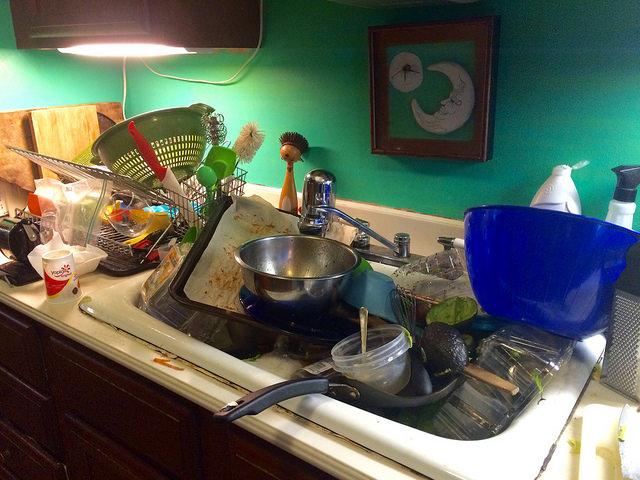
I notice when my kitchen is messy, I have to clean it before I can do anything else. A messy kitchen is a distraction for me. I also like to make sure my house is clean before we leave, because I don’t like coming home to a mess.
Another thing I notice is how hard it is to get things done when there are distractions. If one of my kids is in the family room trying to get school work done, when the rest of us are having free time, she has a hard time staying focused on her stuff. The environment is a distraction and keeping her from reaching her academic goals.
2. Take care of your personal environment. This means your physical health. When you don’t feel good, it’s hard to work towards anything. Drink enough water, get enough sleep, exercise, and eat the right foods. It’s not so much how you LOOK, but how you FEEL.

3. Who you hang out with matters. We’ve all heard the quote, “You are an average of the 5 people you spend the most time with.” Who do you hang out with? Associate with people who make you better.
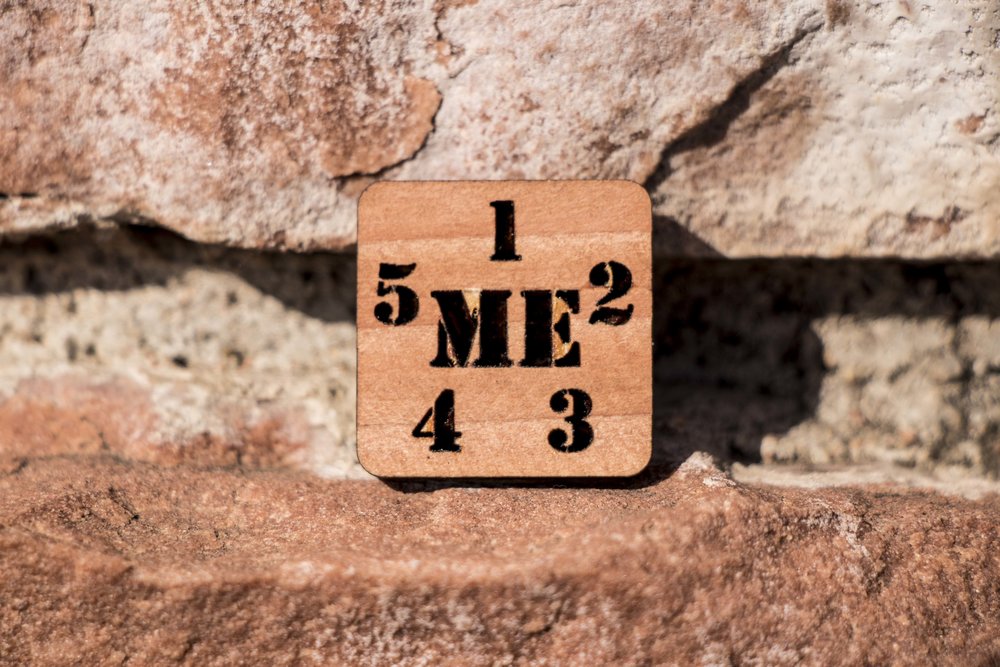
Rachel says that if you are struggling with ________ (fill in the blank with anything from relationships to health to finances) look at your circle. I love to hang out with people who are positive and striving to be better. They inspire me to chase my goals. I also find it easier to hang out with people who are health minded. I notice that I eat better when I’m with people who eat healthy. When I get around my friends who are reading good books, we talk about ideas instead of people. I look for opportunities to be around people who are better than me. Proximity is power.
4. Look at your morning routine. Rachel suggests getting up an hour early and doing something for yourself. Whether that is getting in your exercise for the day or reading a good book or working on a project, she says morning is the best. As a mother of 5 kids very close in age, getting up before them was important to me. When they were young, I got up early just to shower and be ready for the day before them. Now I get up early to exercise and read my scriptures.
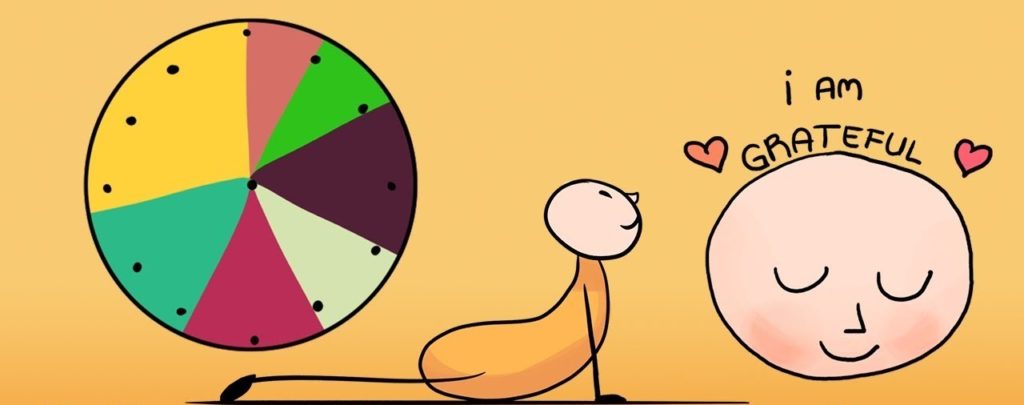
Rachel also talks about taking time to meditate, ponder on things you are grateful for and set an intention for the day. She says to start your day strong to be productive.
5. Be aware of your habits. Look at the good ones and the bad ones in your life. Rachel talked about the habit pattern. There is a cue (what sets you off to do the habit), an routine (the actual habit), and a reward (the prize you get when you do the activity). You can’t always change the cue, but you can change how you react to the cue. If the cue is boredom and the negative response is eating junk food, change the reaction to going for a walk or reading a book or taking a picture or listening to music.
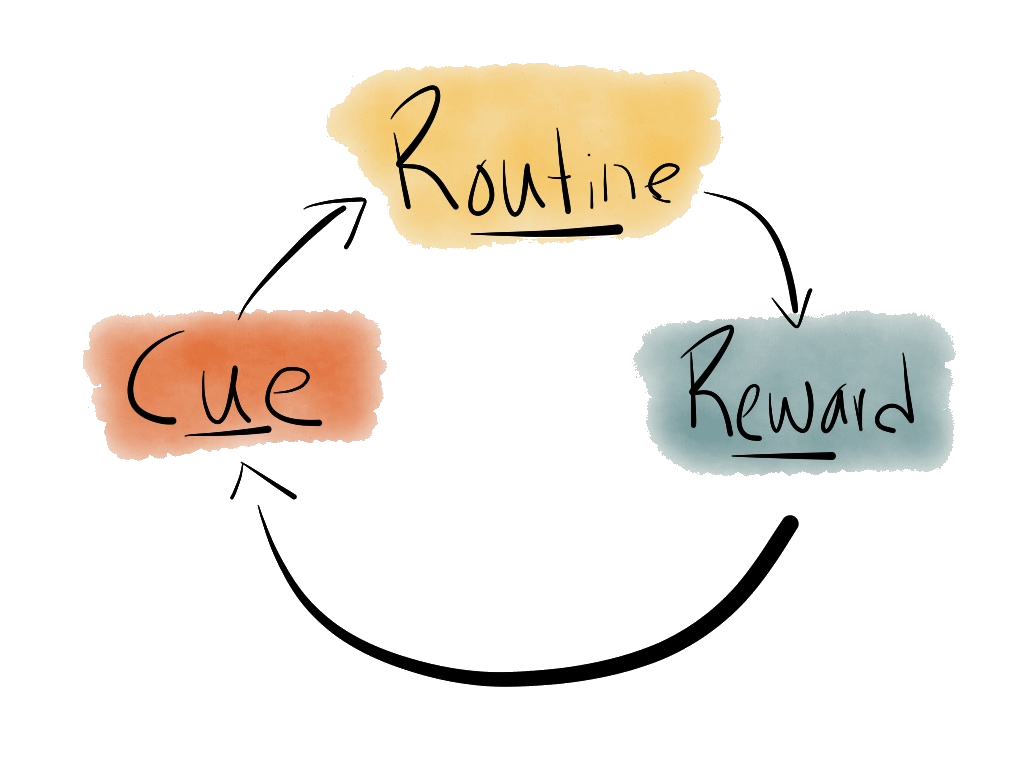
6. Set the bar low. This one comes for a Joe Rogan podcast that Jonathan listened to. So often we set big, hairy, audacious goals then get frustrated when we’ve worked hard to achieve them and don’t seen any progress. Instead keep that big goal but set smaller goals as stepping stones and work toward the first step. When you’ve achieved that first goal, you’ve told your brain that you can do what you set out to do and the next step is easier to take.
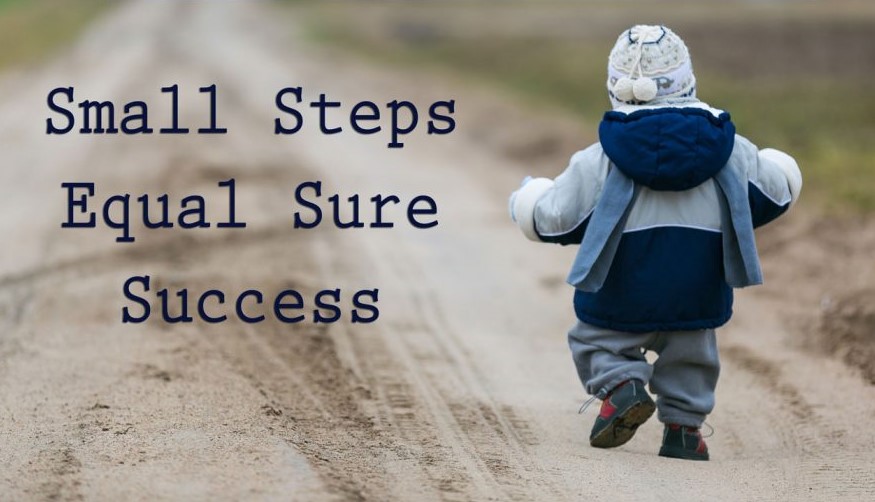
I’ve seen this so often; especially around this time of year or after attending an event. People take the new year or the energy of the event to set goals. And the goals are often things that they haven’t been doing, usually in the areas of fitness or diet. They set a goal to run a half marathon and the most they’ve done in the last month is walk around the block. The first day they try to run 5 miles and practically die. Setting the bar low means deciding to walk around the block 3 times a week. When you’ve done that consistently add on to it.
7. Consistency over perfection. If it means giving up perfect to be consistent then do it. If your goal is to read every day, and your ideal time is 30 minutes, but it was a crazy day and all you got in was 2 minutes, count it as successful. Most of the time, some is better than none.
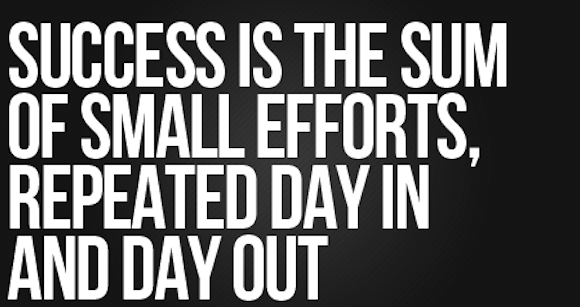
There is a story found in The Slight Edge (or maybe it’s from The Ant and the Elephant) about a large container of water. A young man was charged with adding one drop of blue food coloring a day to the container until the water turned blue. If he missed a day he couldn’t double up the next day. He consistently added one drop day after day and didn’t see any difference in the water–it always looked clear. He began to be frustrated until he heard a comment, “Whoa! Why is that water blue?!” Because he had consistently added drops, the water turned blue, but because the change was so gradual, he didn’t see it. Consistency is staying the course and fighting the desire for instant gratification.
Statics show that most people give up on their new year’s resolutions on or around January 12. I hope these tips help you from being a statistic.
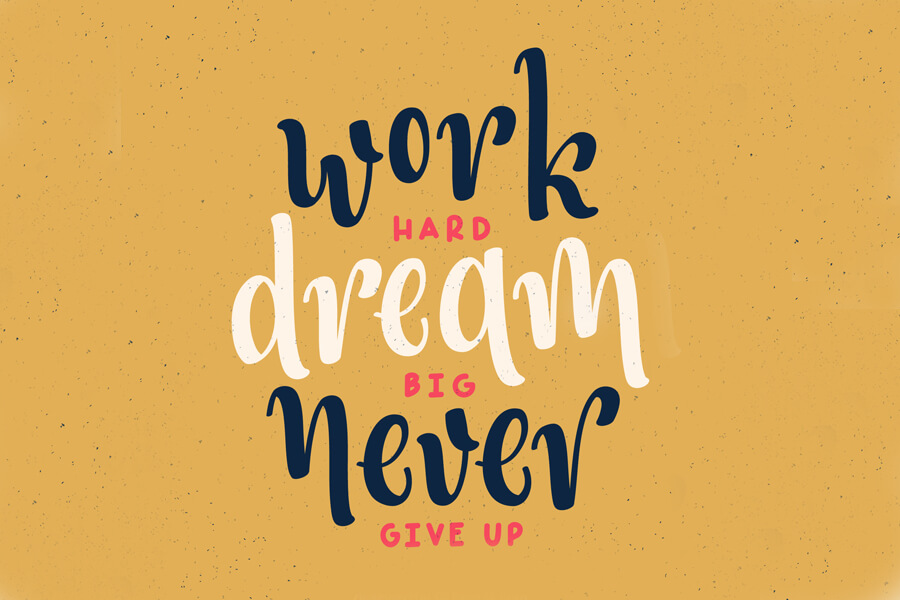
What do you do to set yourself up for success? Share your tips in the comments.


